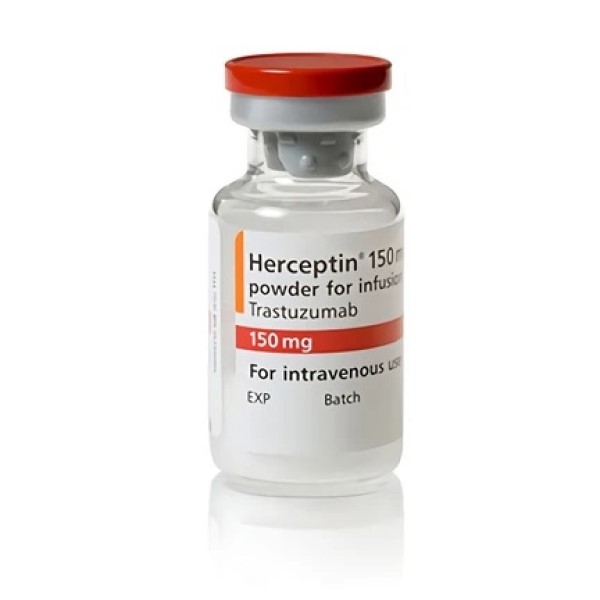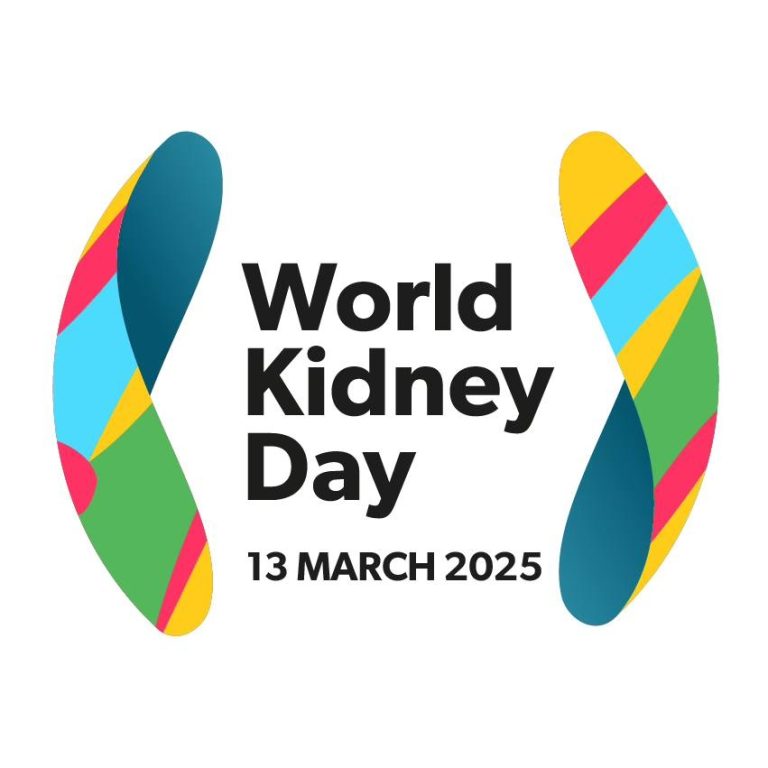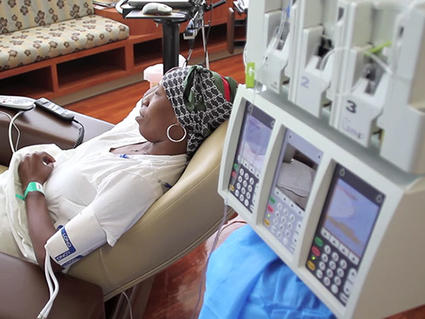MRI detected cancers in the opposite breast of women newly diagnosed with breast cancer
On Mar. 28, 2007, Magnetic Resonance Imaging (MRI) scans of women who were diagnosed with cancer in one…

On Mar. 28, 2007, Magnetic Resonance Imaging (MRI) scans of women who were diagnosed with cancer in one…

On Mar. 20, 2007, the National Institute on Alcohol Abuse and Alcoholism (NIAAA) announced a five-year, $24 million…

On Feb. 8, 2007, Oregon Health & Science University (OHSU) and the OHSU Foundation announced the largest outright gift…

On Feb. 1, 2007, the Centers for Disease Control and Prevention (CDC) released its long-awaited disease containment strategy…

In 2007, West Campus, located on 136 acres 7 miles west of downtown New Haven, was acquired. West…

In 2007, the U.S. Food and Drug Administration (FDA) approved Elelyso (taliglucerase alfa) for long-term enzyme replacement therapy…

In 2007, Nancy Wexler, PhD, received the Benjamin Franklin Medal in Life Science for her discovery of the…

In 2007, Dr. Jordan Tang, led a team of scientists at Oklahoma Medical Research Foundation (OMRF) that identified…

In 2007, Texas Biomed geneticists announced their discovery that a particular gene, VNN1, plays a major role in…

In 2007, the Center for Clinical and Translational Research (CCTR) was founded at Virginia Commonwealth University to enhance…

In 2007, Cocrystal Discovery, now known as Cocrystal Pharma, was founded in Bothell as a pharmaceutical company with…

On Apr. 25, 2007, Jubilant Organosys, Ltd. announced it had acquired Spokane-based Hollister-Stier for $122.5 million. The plant…

On Nov. 16, 2006, the U.S. Food and Drug Administration (FDA) approved Genentech’s trastuzumab (Herceptin) for use with…

On Oct. 18, 2006, Trubion Pharmaceutical completed its IPO of 4,000,000 shares of common stock at $13.00 per…

On Oct. 16, 2006, the Cancer Genome Atlas program, created by National Cancer Institute and the National Human…

On Oct 2, 2006, National Cancer Institute researchers have linked specific genetic mutations to defects in cells that…

On Sept. 26, 2006, the Allen Institute for Brain Science announced the completion of the groundbreaking Allen Brain…

On Sept. 18, 2006, Integrated DNA Technologies (IDT) announced the acquisition of RNA-TEC, based in Leuven, Belgium. The…

On Sept. 15, 2006, the Oklahoma Medical Research Foundation (OMRF) celebrated it’s 60th anniversary. More than 600 people…

On Sept. 1, 2006, National Cancer Institute (NCI) researchers developed a new model for estimating the 5-year risk…

On Aug. 14, 2006, National Cancer Institute (NCI) researchers announced they had found a unique pattern of activity…

On Jul. 18, 2006, the Fred Hutchinson Business Alliance announced that the E. Donnall Thomas Medal of Achievement…

On Jun. 27, 2006, the U.S. Surgeon General released a report on the harmful health consequences of involuntary…

On May 23, 2006, the Trial Assigning IndividuaLized Options for Treatment (Rx), or TAILORx, was launched to examine…

On Apr. 17, 2006, the National Cancer Institute (NCI) announced initial results of the Study of Tamoxifen and…

On Mar. 8, 2006, World Kidney Day, a joint initiative between the International Society of Nephrology (ISN) and…

In 2006, the U.S. Department of Agriculture (USDA) granted Dow AgroSciences the first regulatory approval for a plant-made…

In 2006, the National Cancer Institute (NCI) launched the TAILORx trial to determine whether gene expression patterns in…

In 2006, an estimated 20.8% (45.3 million) of U.S. adults were current cigarette smokers; of these, 80.1% (36.3…

In 2006, the Science Foundation Arizona (SFAz), a 501(C)(3) non profit, was initiated by the three statewide CEO…